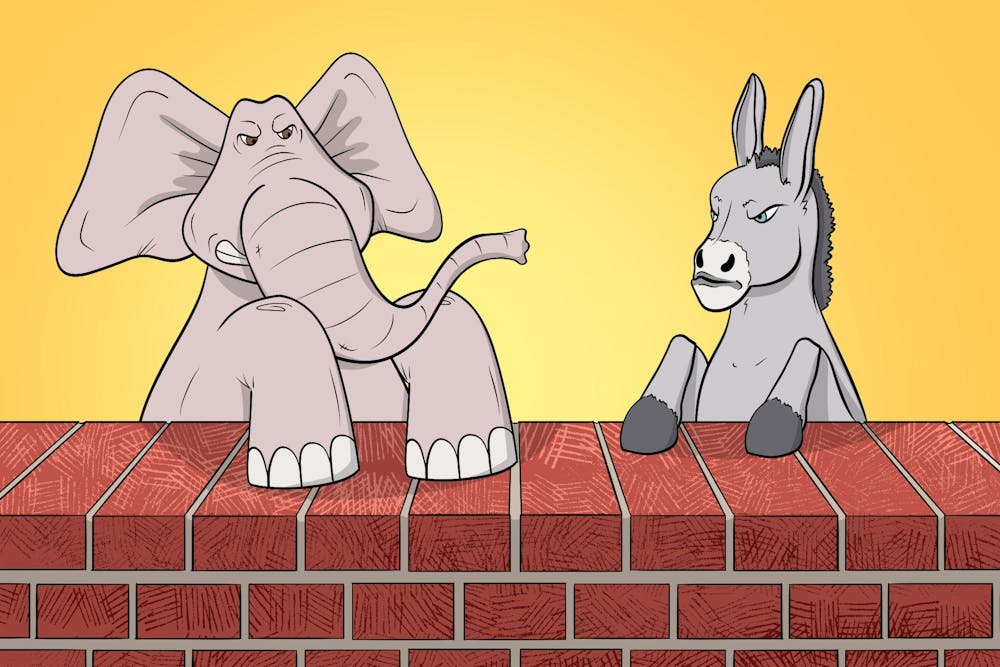The following is the second in a series of recurring columns designed to increase media literacy in a political climate saturated with misinformation ahead of the 2024 elections.
From "fentanyl influx,” to “Haitian immigrants eating cats and dogs,” recent political discussion surrounding immigration has been saturated with fear-mongering. It is no surprise that the resulting public response has been full of confusion and misinformation. So what do we actually know?
Let’s clear a few things up. During the Biden administration, approximately 1.7 million unauthorized immigrants evaded border control. From politicians across party lines, this has been deemed a public crisis, prompting heavy criticism of the current vice president and Democratic candidate, Kamala Harris, for the results of what appears to be the last three years of legislation.
Consequently, false narratives perpetuating Harris’ role as the “border czar” have circulated following Trump’s claims about her responsibility in recent border policy. Implications about her involvement in current crises along the U.S.-Mexico border places blame squarely on her shoulders. This is simply not the case.
Harris’ responsibility was not short-term policy adjustments; it was long-term management of “root causes” of migration, including foreign investments and government corruption. Even if, hypothetically, Harris had found inordinate success in addressing root causes, the long-term effects would take decades of census and migrant data before they were publicly visible. Throughout the Biden administration, many members of her team referred to her responsibility as a “no-win” situation.
A concept called the “Overton window” describes the essence of what the general public deems socially and politically acceptable. When political commentators refer to the Overton window “sliding right,” they are broaching the gradual mainstream acceptance of ideas that would have, in the past, been considered sharply conservative or extremist.
Primarily, Trump has once again managed to get away with outwardly false claims about immigrants across the country. Most recently, on the presidential debate stage, he went on a tangent about Haitian immigrants in Springfield, Ohio, eating their neighbors’ pets. In a saddening but unsurprising response to his baseless claim, dozens of hoax bomb threats targeting schools, government buildings and churches have forced a heightened police presence and frequent day-to-day calls for evacuation.
It is my perception that both candidates have shifted toward rhetoric that can be described as anti-immigrant. Though the principles and ethics of closed borders can be debated in a philosophical sense, this rhetoric has real, immediate repercussions that can be seen on a national scale.
Current rhetoric around immigration example this idea perfectly, as more progressive concepts around immigration, like open borders, have been increasingly pushed out of policy conversations. Deliberations no longer resemble “are open borders or closed borders better for the country?” as much as “which candidate keeps the border closed with enough intensity to satisfy my nationalism?” As a result, each candidate has approached border policy with the goal of proving themselves tougher on immigration.




